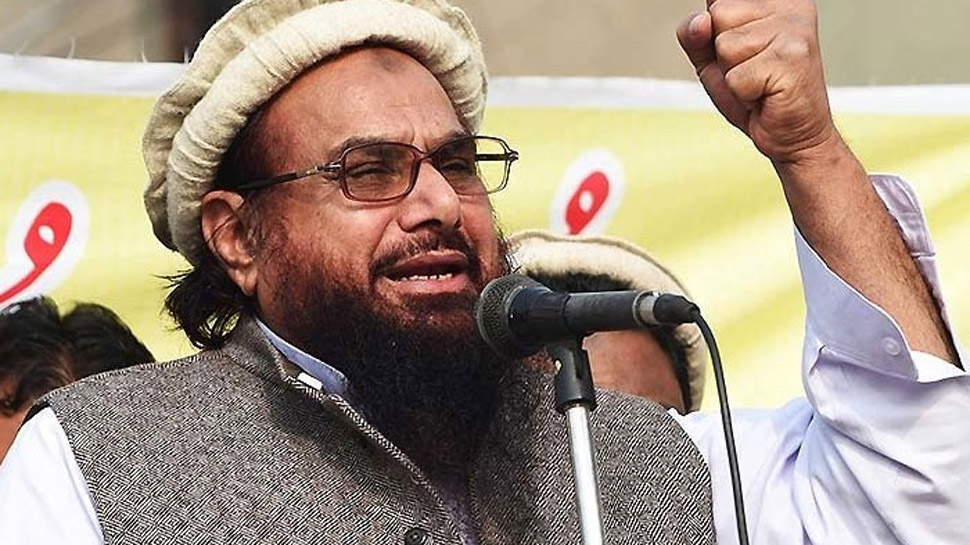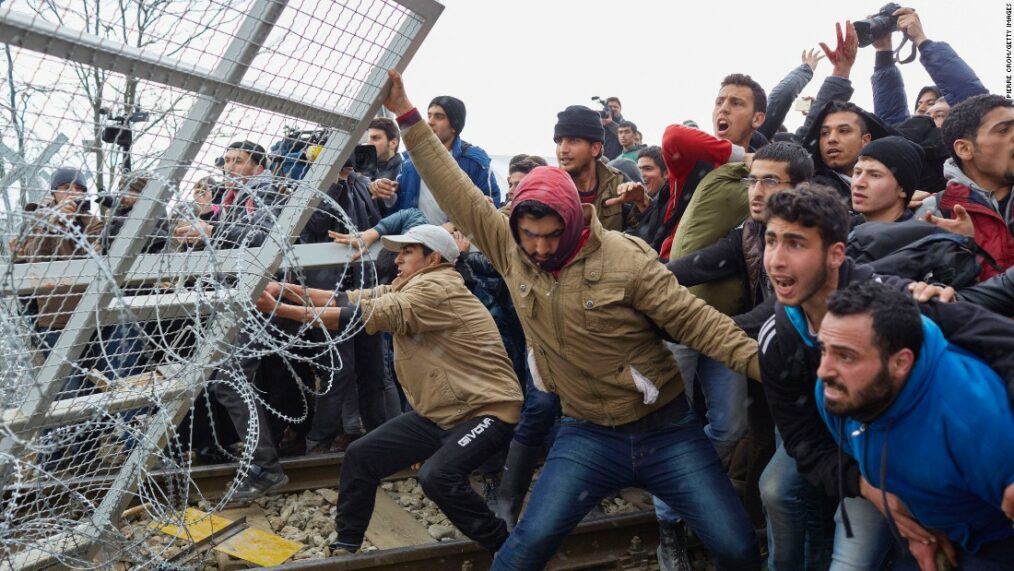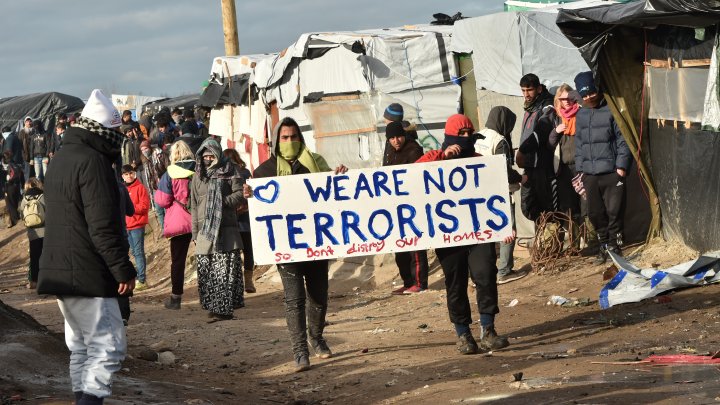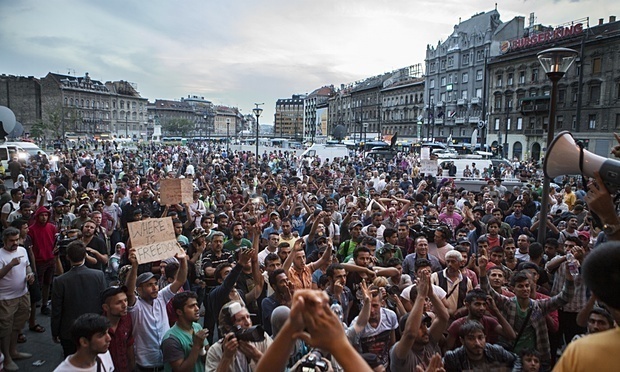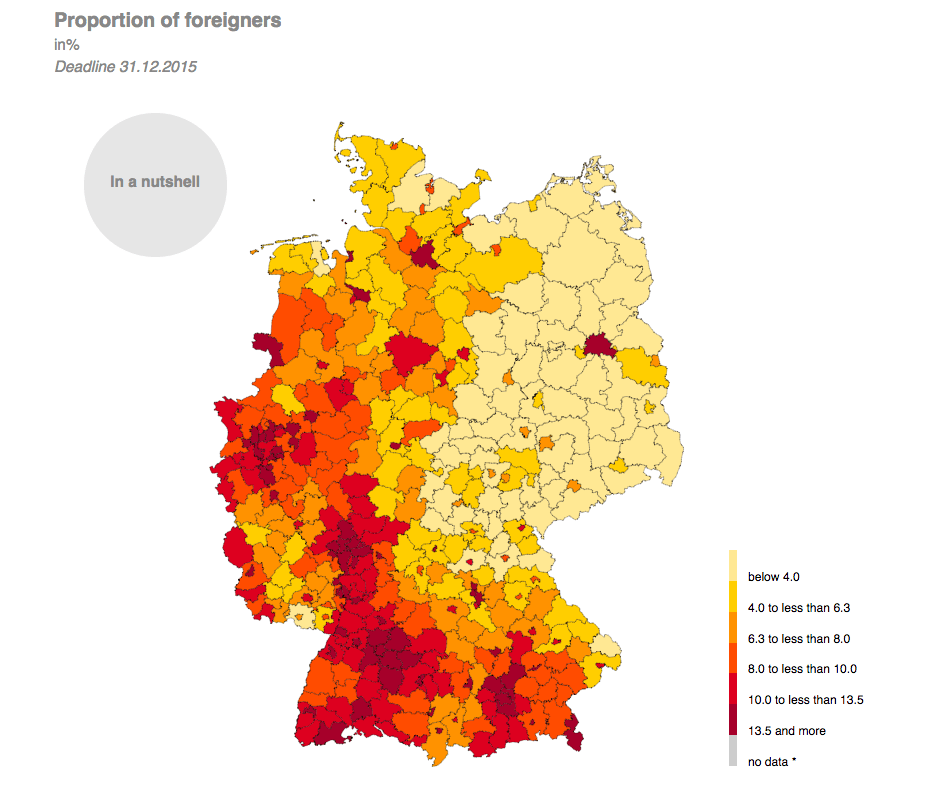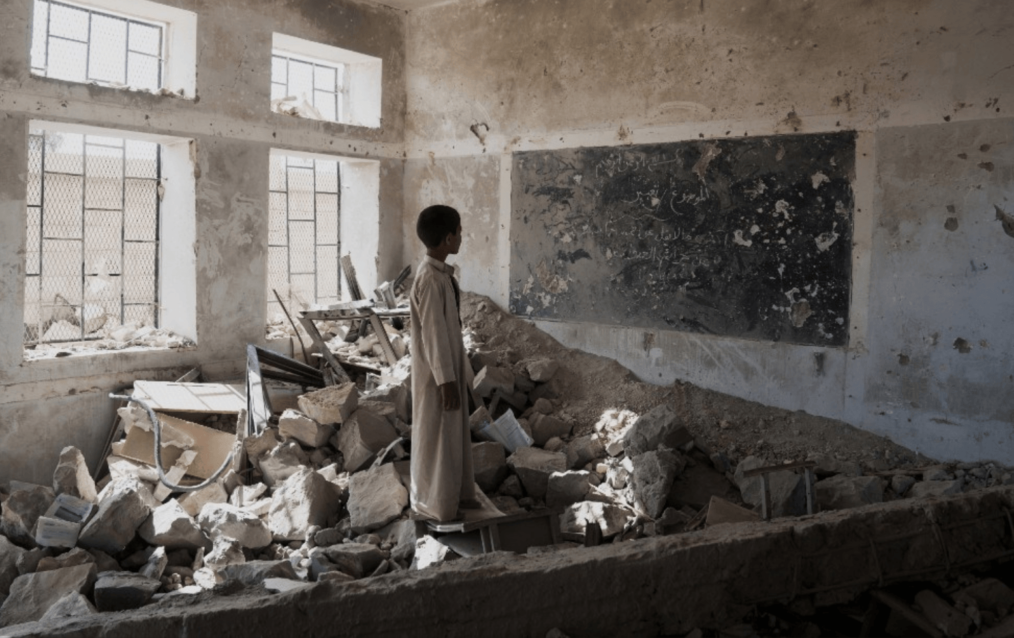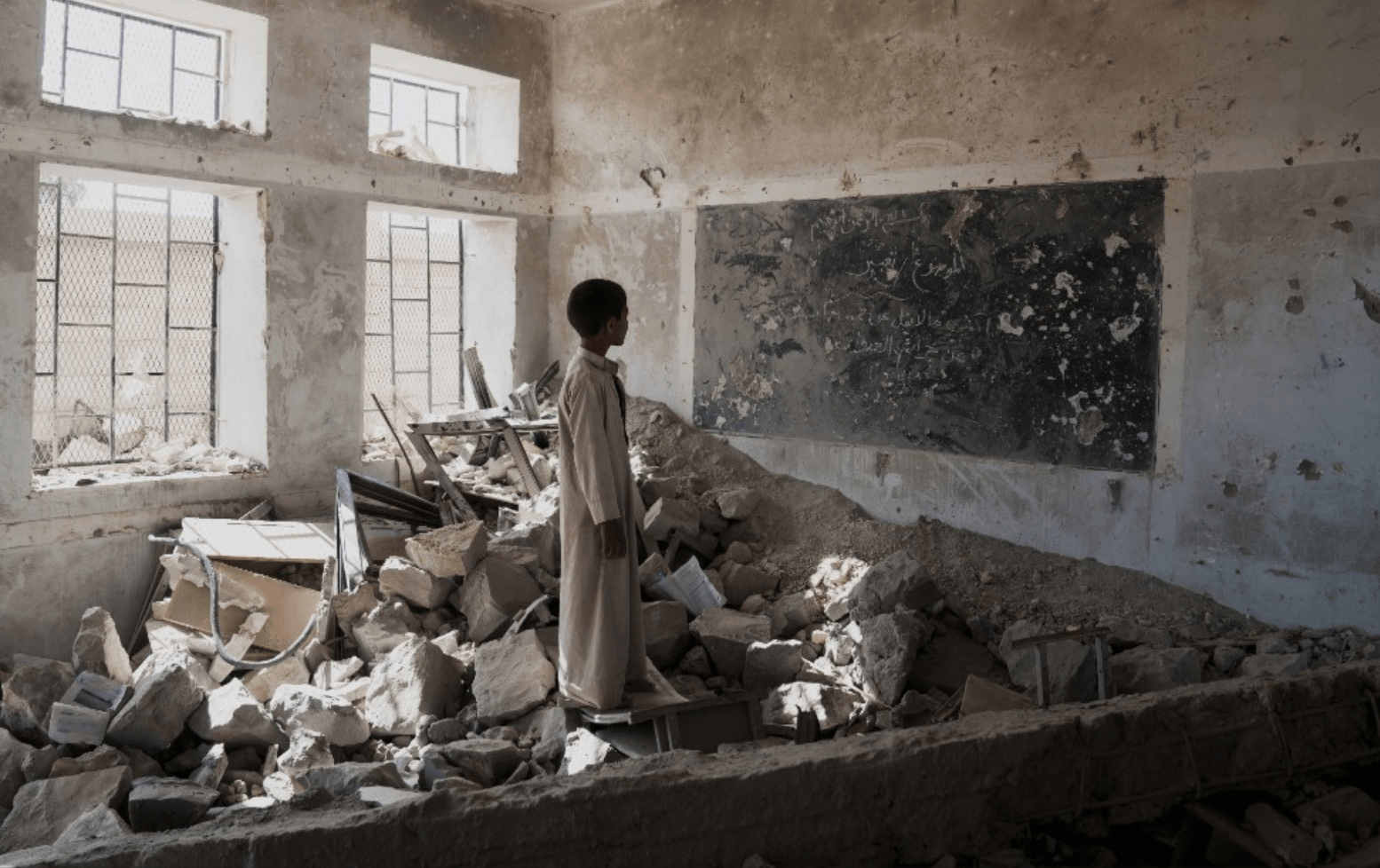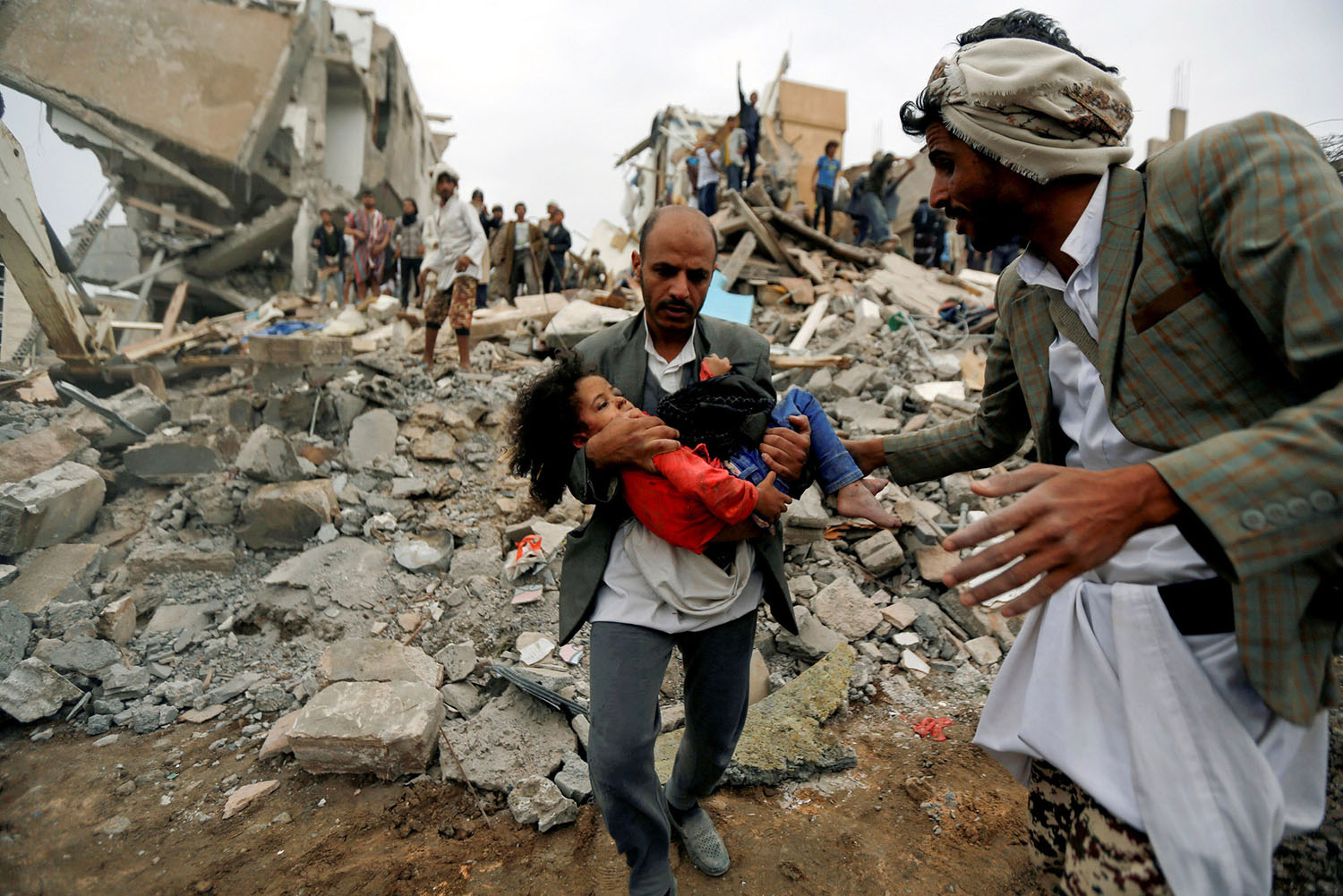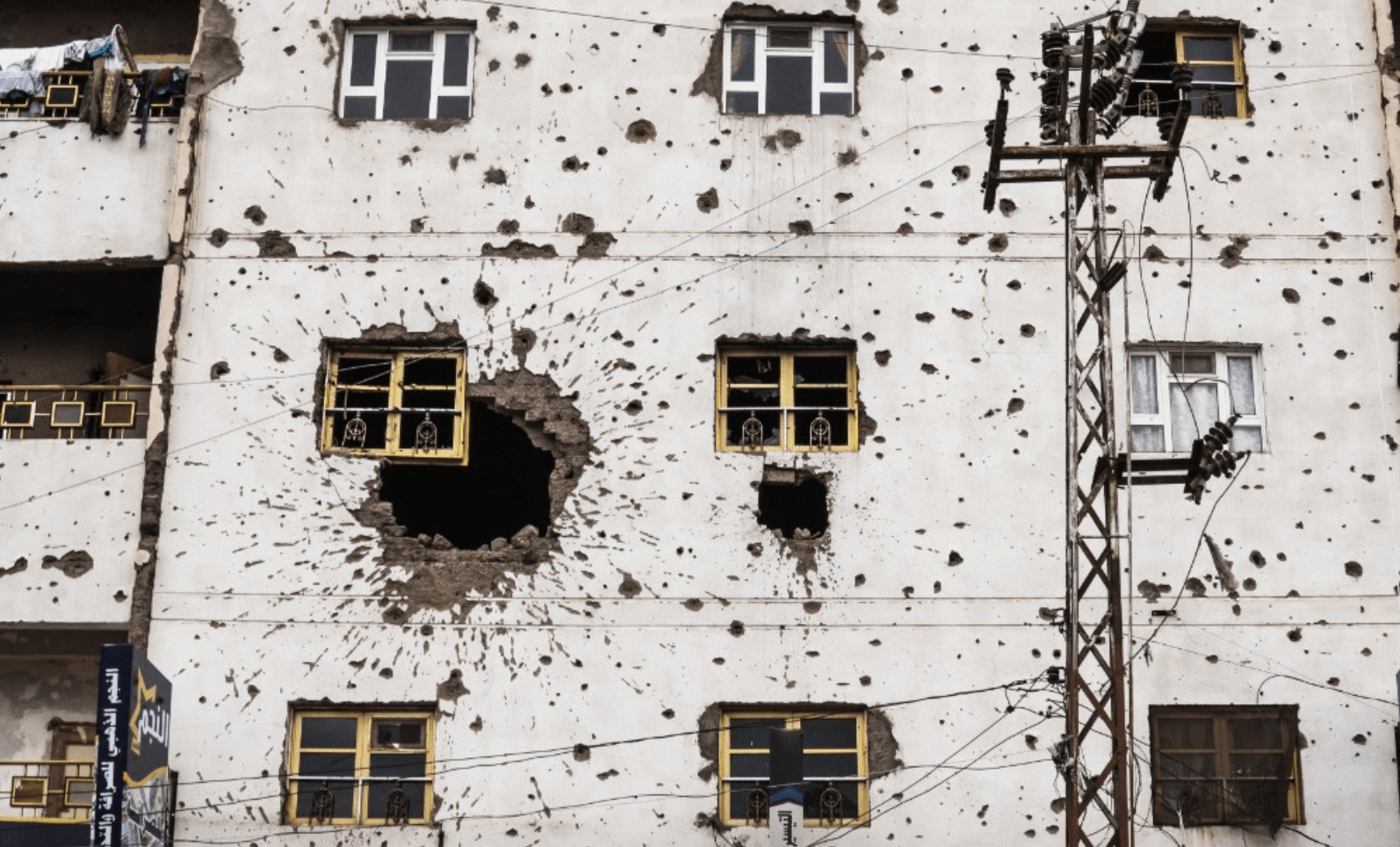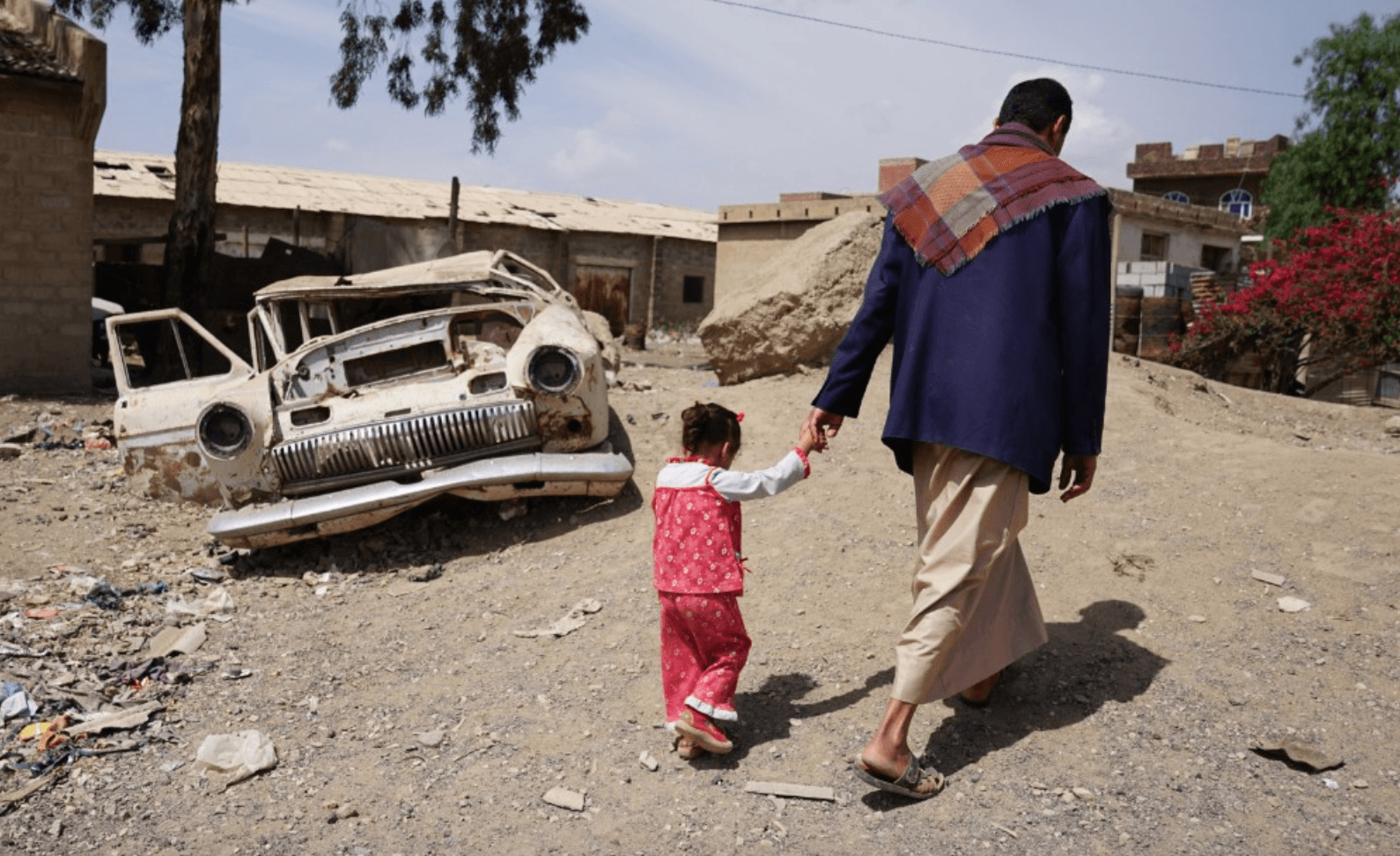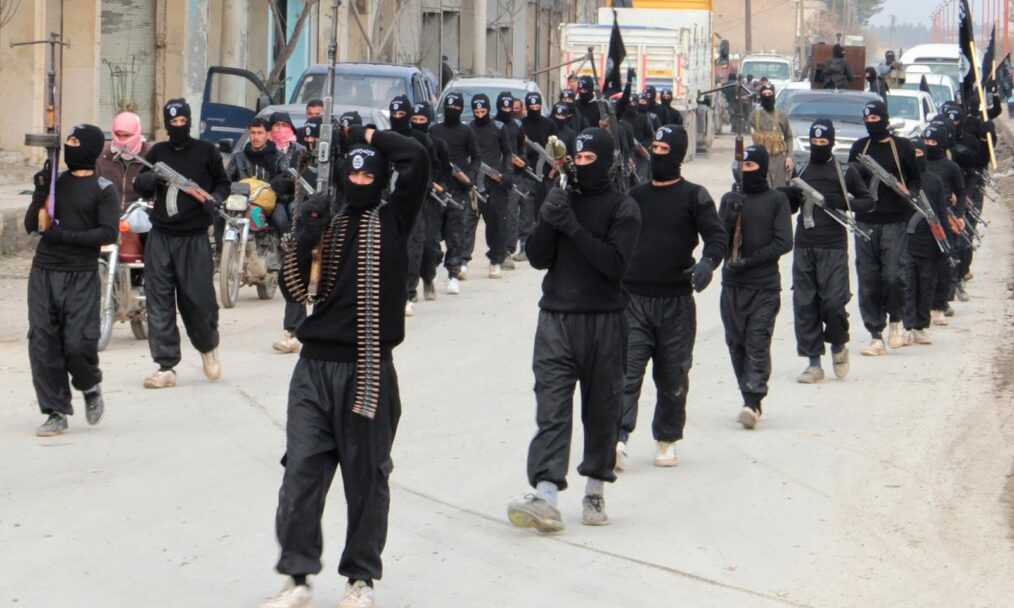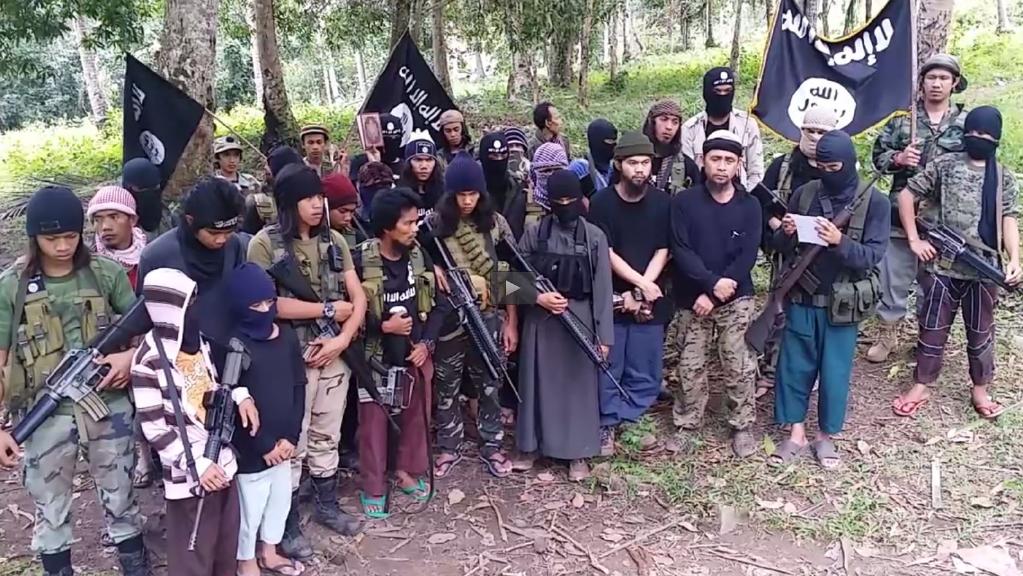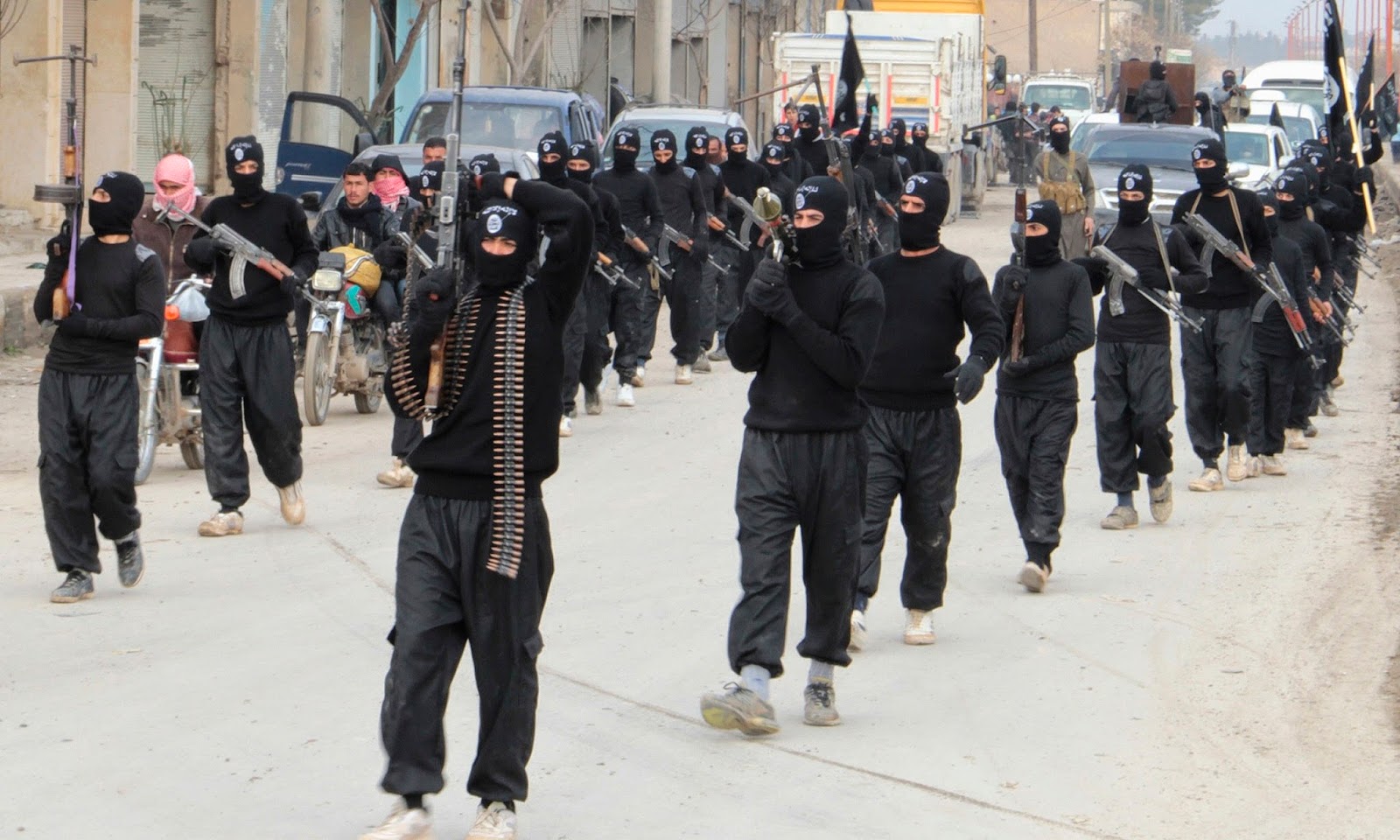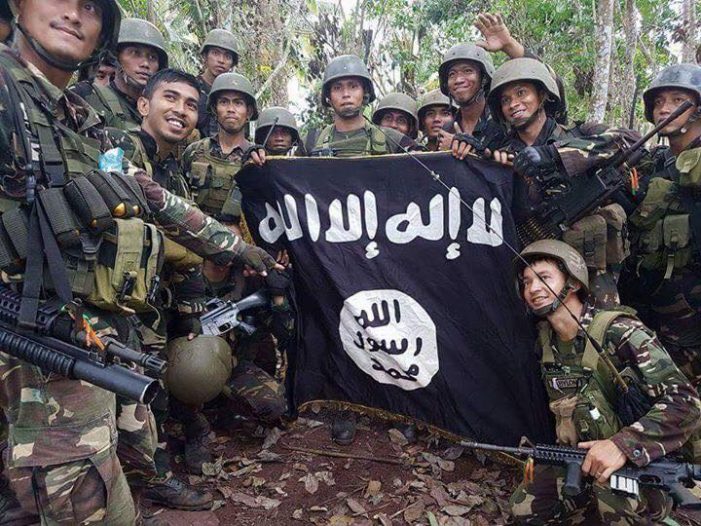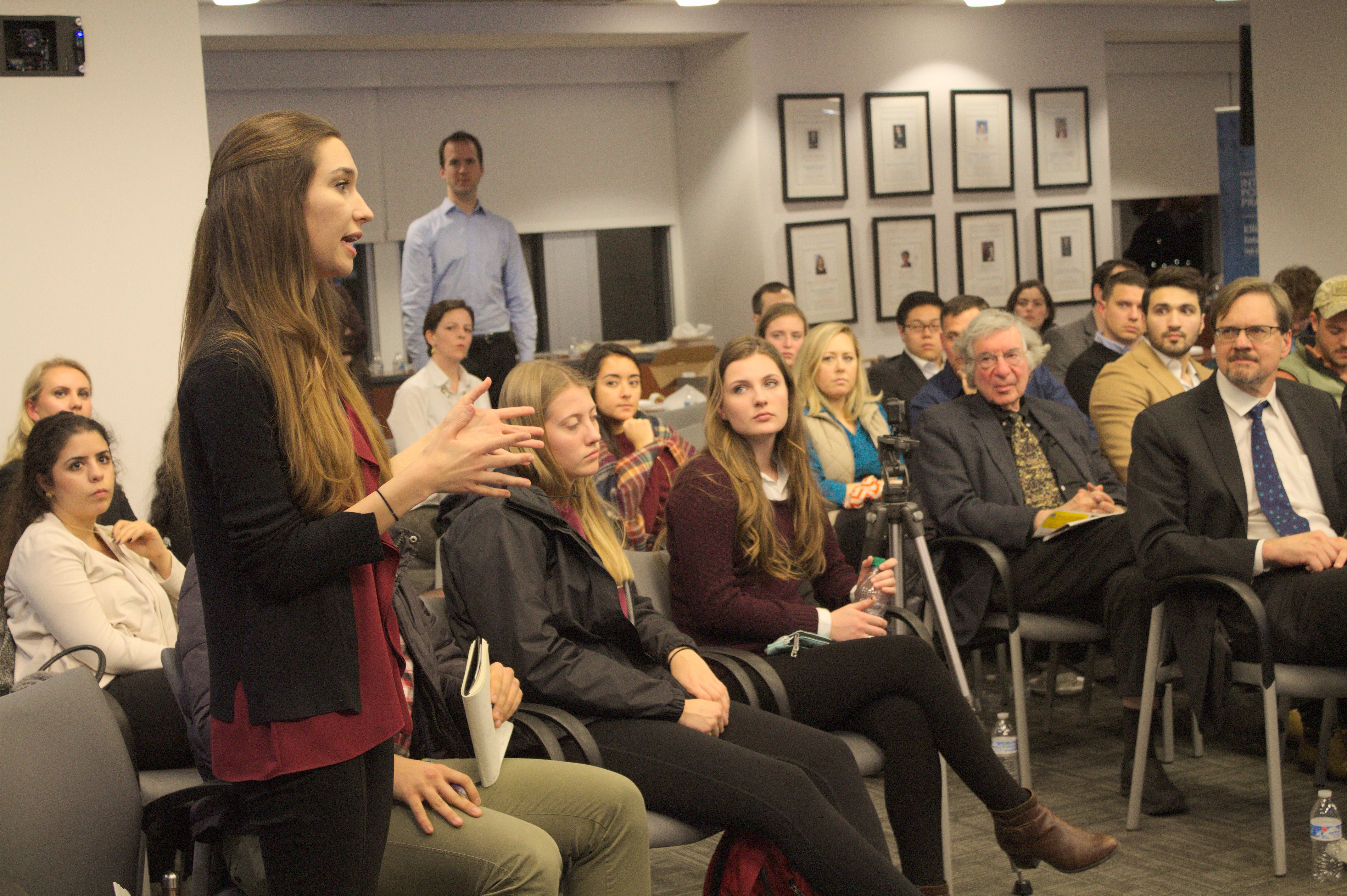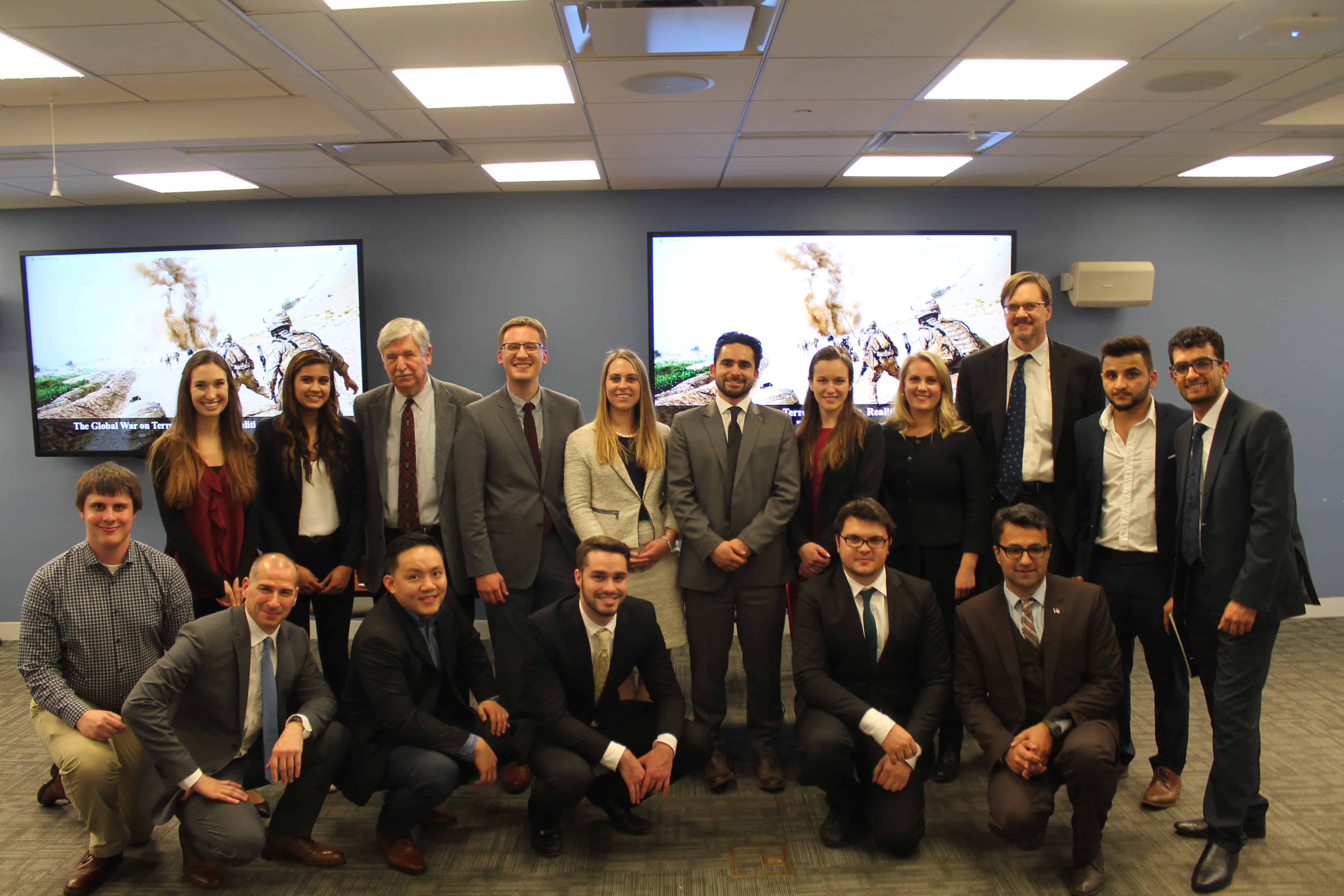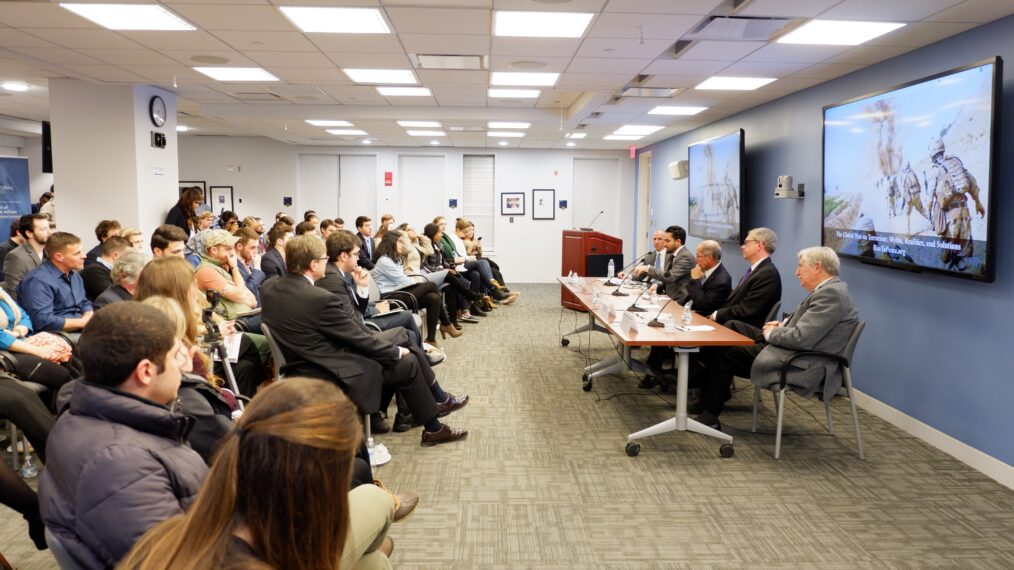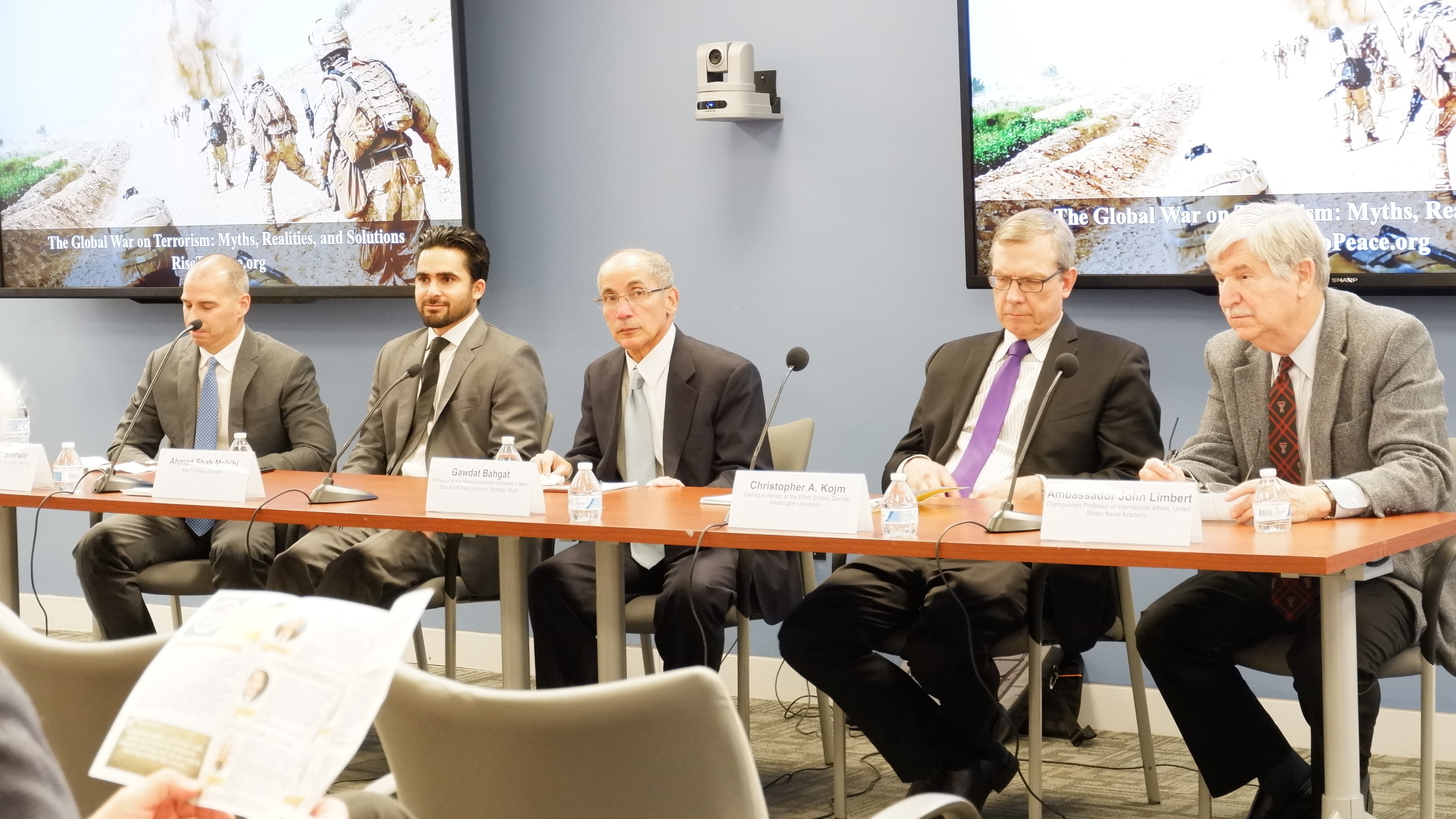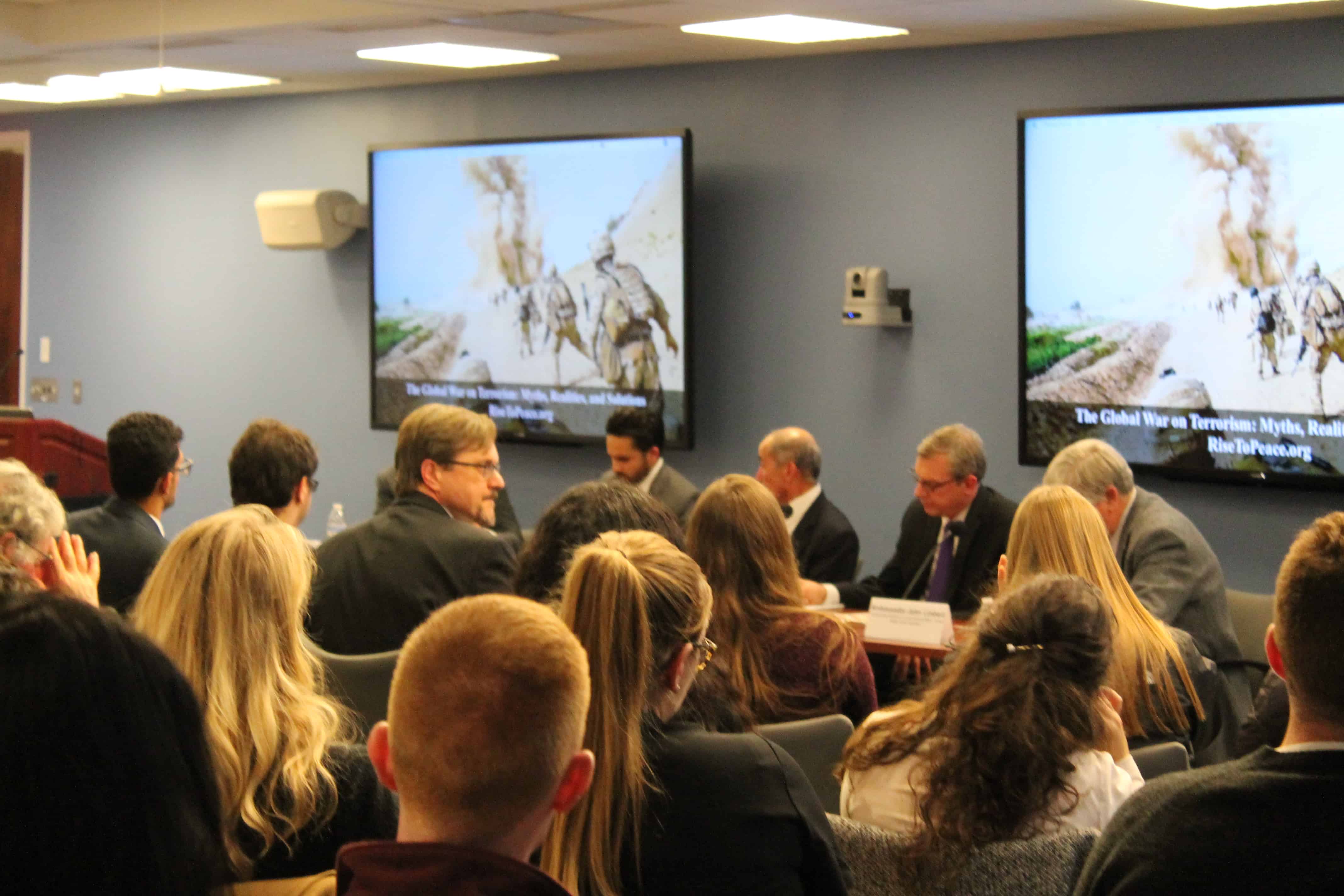
© Alexandr Sherbak/TASS
Every four years societies come together to watch and cheer at the largest sporting events on Earth, the FIFA World Cup. Thirty-two teams from across the globe will represent their nations and compete to be the last to lift the winner’s trophy. Russia will have the honor of hosting the World Cup this year. The international soccer tournament runs from June 14th until July 15th.
While the World Cup remains a time of celebration and national pride, the event poses significant terrorist concerns. Russia plans to host sixty-four games in eleven cities scattered across European Russia. Of these locations, three cities remain close to Russia’s North Caucasus region, a hotbed for Chechen separatism and Islamic fundamentalism. Other cities represent high-value targets for their cultural or political significance, most notably St. Petersburg and Moscow.

Image courtesy Human Rights Watch[1]
Russian citizens, like the rest of the world, have become accustomed to the possibility of terrorism in their daily lives. In April 2017, a terrorist detonated an explosive device in the St. Petersburg metro system. In 2014, just before the 2014 Sochi Winter Olympics, two deadly attacks in Volgograd killed 34 people.[2] A review of Russia’s recent history shows concerted terrorist efforts to attack metro systems, passenger planes, and government representations. These targets will remain critical during the World Cup as fans from across the globe travel to attend games and visit Russian tourist attractions.

(Dmitry Lovetsky/Associated Press)
Russia has had recent success in hosting a major international tournament. The 2014 Sochi Winter Olympics came off without any terrorist incidents. While their success is laudable, the 2018 World Cup is a much larger event. The Sochi games held a total attendance of three million people including those who attended concerts, theatre performances and exhibitions and more than four hundred thousand in attendance at the Olympic events themselves.[3] In comparison, the 2014 Brazil Cup included a total attendance of roughly three million people at the sixty-four games and more than five million attending local fan events and celebrations.[4] Additionally, while the Sochi games only occurred in one city, the 2018 World Cup will spread the Russian security apparatus across the county. This spreading of the security forces does not guarantee a terrorist attack will occur but does expose the possibilities of greater vulnerabilities for terrorist actors to slip through.
Russian Foreign Minister Sergey Lavrov has discussed the required responsibilities in managing World Cup security. Lavrov stated, “Our ultimate priority is to ensure the maximum convenient and safe stay of players and fans in Russia. Russia’s law enforcement agencies are taking all the necessary steps in this direction.”[5]
Fighting terrorism remains a significant priority of the Putin presidency. Since his first term, Putin has sought to strengthen and reaffirm Russian presence on the world stage. By hosting notable international events, Russia hopes to demonstrate that it is a modern, bustling nation that is on equal footing with developed nations. The Russian government will seek to demonstrate that the 2018 World Cup is safe for international visitors and prevent any type of violence or terrorism from occurring. While Russia’s standing and relations with the rest of the world have fluctuated over the years, terrorism remains one front in which cooperation is possible with Europe and the United States to ensure a prosperous event.
Like any tournament, fans want to remember the events that occurred on the field, court, or pitch, not any acts of violence that shattered the spirit of the games. The 2018 Russian World Cup remains five months away. Russia has a significant task before it in assuring the safety of all international visitors. For their own national image as well as the safety of international fans, Russia will seek to rise to the challenge.
No state can guarantee 100% safety from terrorist actors who wish to maximize their message by targeting events that garner massive public awareness and notoriety. Large sporting events serve as appealing targets. Yet, fans of the game cannot let that dampen their spirits. If people start to allow terrorist actions to affect their lives and prevent the enjoyment of activities, then terrorists achieve their goal of creating disruption. So, go if you can, watch if you wish, but remember to enjoy the spectacle of some excellent soccer played out every four years.
Sources:
[1] Human Rights Watch | 350 Fifth Avenue, New York, NY 10118-3299, USA | “Red Card | Exploitation of Construction Workers on World Cup Sites in Russia.” Human Rights Watch., last modified -06-14T00:00:01-04:00, accessed Jan 20, 2018,
[2] “A Timeline of Deadly Attacks in Russia.”. Los Angeles Times.
[3] International Olympic Committee. 2015. “Factsheet: Sochi 2014 Facts and Figures.”: 1-7.
[4] “2014 FIFA World Cup Brazil™ in Numbers.” FIFA.com., last modified -09-23 09:36:00, accessed Jan 20, 2018,
[5] “Russia Makes all Efforts to Ensure Security at 2018 FIFA World Cup — Lavrov.” TASS., accessed Jan 20, 2018,
[print-me]



